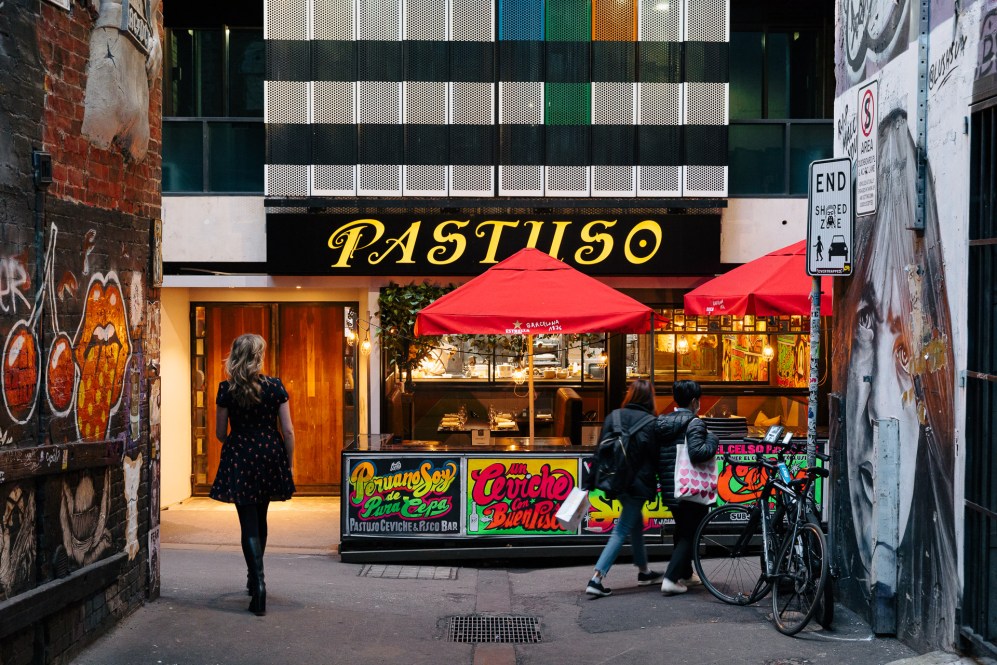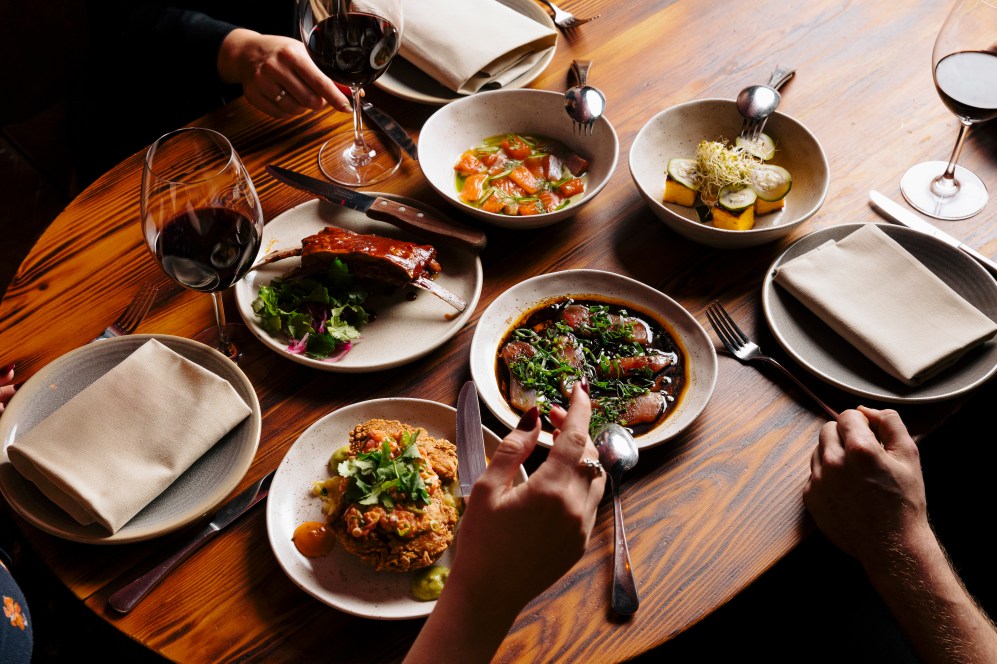Head Chef Samuel Rivas combines Australian produce with Peruvian ingredients and cooking techniques.
The San Telmo Group opened the doors to Pastuso on Melbourne’s AC/DC Lane back in 2014, with the venue playing an instrumental role in putting Peruvian cuisine on the map. Samuel Rivas worked as a sous chef at the restaurant for several years before taking on the head chef position.
Rivas has been busy channelling his knowledge of South American flavours into the current Pastuso offering, which is all about heroing the dishes found across Peru’s diverse lands. The chef speaks to Hospitality about traditional cooking techniques and ingredients and his predictions on the progression of Peruvian cuisine in Australia.

Samuel Rivas is taking a culinary approach at Pastuso that sees the chef riff traditional cooking techniques to deliver a contemporary dining experience. “We say we are not a traditional restaurant, but we are inspired by Peruvian cuisine,” says Rivas. “We try to [use] traditional techniques and ingredients and mix them with local [elements].”
Rivas is adamant on sourcing proteins and vegetables from Australian producers, relying heavily on the restaurant’s vast local network. “We like to work with small farmers,” says the chef. “We try to source products that are sustainable and in season.”
While the chef imports ají chillies, he also works with local growers to source other varieties. “We have small farmers here in Victoria who are growing ají para pintar from the north of Peru,” says Rivas. “Using things that are super fresh adds another level to our dishes. We’re trying to get more farmers to grow different chilli varieties.”
Pastuso explores the jungles, the mountains and the coast of Peru through the dishes on its menu. The venue has a dedicated ceviche and tiraditos bar, along with options that cover grilled dishes and desserts. Although it may not define itself as a traditional restaurant, each dish features ingredients or techniques that pay homage to the foundational roots of the cuisine.
An example is cooking underground; a practice that is unable to be replicated by most venues, but the Pastuso team has developed an innovative alternative to generate a similar result. “They have a technique where you put all the ingredients under the earth and cook it,” says Rivas. “It’s super difficult to do it here, but we try to represent that by using a mix of clay and coffee in our smoker.”
Meat-based dishes are a core staple at the restaurant, which has an anticuchos section featuring an array of grilled, smoked or slowcooked proteins. Alpaca meat is a staple in the Central Andes and has a unique flavour. “Back in Peru, it’s a traditional protein that has been used for thousands of years, especially in the Andean region,” says Rivas. “Everybody thinks it’s going to be super gamey and have a strong flavour, but it’s quite mild.”
A popular dish is costillas de alpaca or grilled alpaca ribs with panca and pisco BBQ sauce and salsa criolla. It’s one of four alpaca-based items on the menu, which also includes alpaca tartare marinated in an emulsified sauce. “We cure the backstrap and mix it with a chilli emulsion that has a spicy, toffee flavour,” says Rivas.

Pastuso has long been a hub for diners to discover the many dishes that are found across Peru. Rivas is showcasing lesser-known ingredients and cooking techniques, introducing something new to the local market. “We are lucky because Melbourne is super multicultural and the industry here is massive, so people are open to trying different things,” says the chef. “The people in Melbourne are always evolving their tastes, so it makes it easy.”
The chef has seen the growth of Peruvian cuisine in Australia and believes it will continue to gain more recognition on a local and global scale. “I think Peruvian cuisine is getting stronger,” says Rivas. “I saw a Chifa restaurant in Brisbane, so I think we will see an amazing offering in the next year.”
Sponsored Content

Discover Dairy Farmers’ range of shredded cheese
Sponsored by Bega

Beachfront Melbourne Club catering & restaurant opportunity
Sponsored by Future Food
Trending Now
Resources
Lorem ipsum dolor sit amet, consectetur adipiscing elit. Fusce ac ornare lectus. Sed bibendum lobortis...
Lorem ipsum dolor sit amet, consectetur adipiscing elit. Fusce ac ornare lectus. Sed bibendum lobortis...
Sign up for our newsletter
